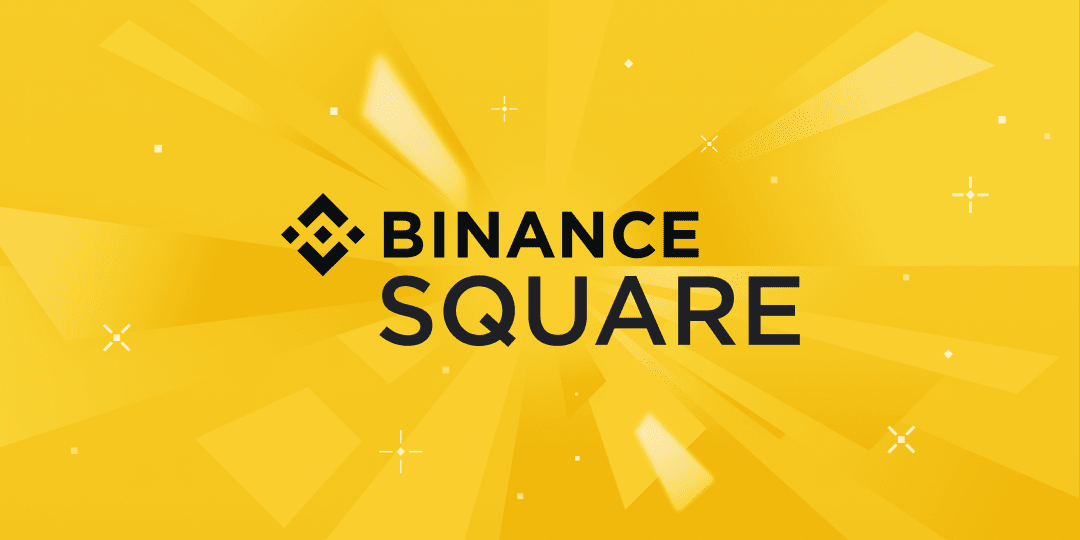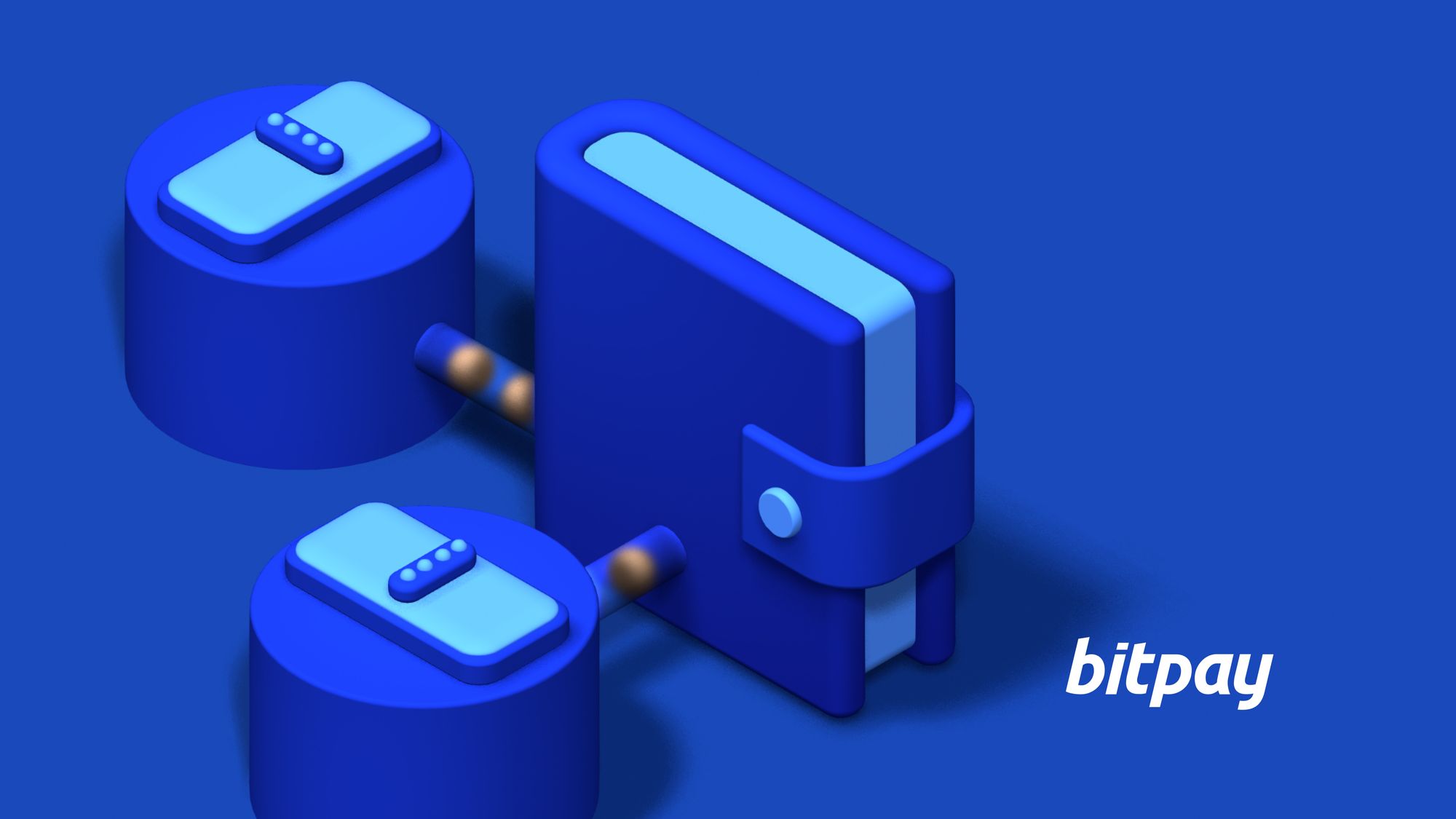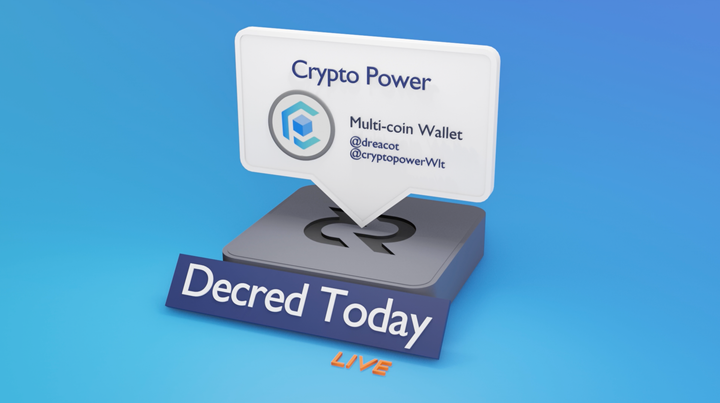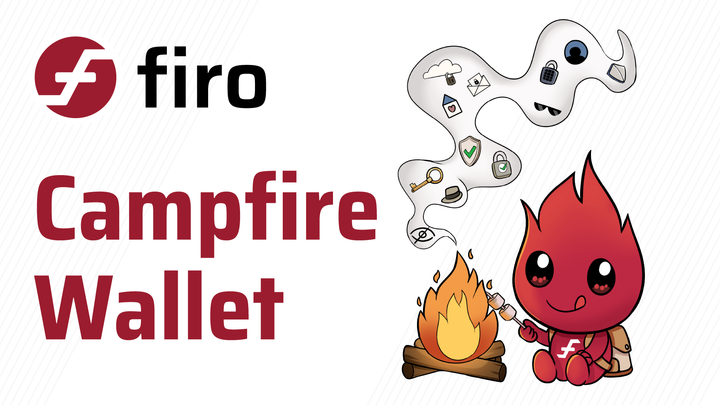Remember, in the crypto world, security is not an option; it’s a necessity. Stay informed, stay vigilant, and keep your digital coins safe and secure.
This week we conclude our three part series into Keeping Your Digital Coins Safe and Secure. If you missed Part Two please click here (link to part two)
Part Three we will look at Best Practices for Crypto Wallet Security, Additional Security Measures and tips for Recovering Lost or Stolen Crypto Assets.
III. Best Practices for Crypto Wallet Security
With the right wallet in hand, it’s essential to implement best practices for maximum security:
3.1 Strong Passwords and Authentication
• Creating strong and unique passwords.
Creating strong and unique passwords is a fundamental step in safeguarding your online accounts and digital assets. A robust password is typically long, incorporating a combination of upper and lower-case letters, numbers, and special characters, making it difficult for hackers to guess or crack. It's crucial to avoid common passwords like "123456" or "password" and refrain from using easily accessible personal information, such as birthdays or names, that can be exploited. Furthermore, to enhance security, use a different password for each account or platform, minimizing the potential damage if one password is compromised. While strong and unique passwords might be challenging to remember, password management tools can help you keep track of them securely. By creating and maintaining strong, unique passwords, you significantly reduce the risk of unauthorized access to your accounts and maintain your digital privacy.
https://edu.gcfglobal.org/en/internetsafety/creating-strong-passwords/1/
• Implementing two-factor authentication (2FA) for added security.
Implementing two-factor authentication (2FA) is a crucial step in fortifying the security of your online accounts and digital assets. 2FA adds an extra layer of protection by requiring not only something you know (like a password) but also something you have (usually a smartphone or a physical token). This dual verification process makes it significantly harder for malicious actors to gain unauthorized access to your accounts, even if they manage to obtain your password. With 2FA enabled, a potential intruder would need physical access to your second authentication factor, which is often a one-time code sent to your mobile device, providing an additional level of security. Many online services, including cryptocurrency exchanges and wallets, offer 2FA as an option, and enabling it is a simple yet highly effective measure to keep your digital assets and accounts secure.
3.2 Regular Backups
• The importance of regular wallet backups.
Regular wallet backups are a critical aspect of responsible cryptocurrency management. They act as a safety net, ensuring that you can recover your digital assets in case of unforeseen events like hardware failure, loss, or theft. Without proper backups, the loss of a device containing your wallet data could result in the irretrievable loss of your funds. By making consistent wallet backups, you create a secure copy of your wallet's private keys and transaction history. Storing these backups in multiple secure locations, such as external hard drives or encrypted cloud storage, adds an extra layer of protection. This redundancy provides peace of mind, knowing that even if disaster strikes, you can restore your cryptocurrency holdings and maintain control over your financial assets. Ultimately, regular wallet backups are a fundamental element of proactive security in the world of cryptocurrencies.

• How to safely store backup copies.
Storing backup copies of your cryptocurrency wallets safely is as crucial as creating the backups themselves. To ensure the security of your digital assets, it's essential to follow some best practices. Firstly, use offline and physical storage methods, such as external hard drives or USB flash drives, rather than relying solely on online or cloud-based solutions that could be vulnerable to cyberattacks. Encrypt your backup files to add an extra layer of security, making them accessible only to those who have the encryption keys. Distribute your backups in multiple secure locations, like a bank safety deposit box, a trusted family member's home, or a secure location away from your primary residence. Additionally, periodically test your backups to confirm their accessibility and integrity. By taking these precautions, you can rest assured that your cryptocurrency wallet backups are well-protected and accessible when you need them most.

3.3 Secure Your Private Keys
• Keeping private keys offline and away from prying eyes.
Keeping private keys offline and away from prying eyes is a non-negotiable element of cryptocurrency security. Private keys are the keys to your digital kingdom, and their compromise can lead to the loss of your assets. Storing private keys offline, in a hardware wallet, paper wallet, or other secure physical medium, isolates them from the constant online threats that digital devices face. Furthermore, safeguarding private keys from prying eyes means not sharing them with anyone and being cautious about who has access to your physical storage. It's essential to maintain strict confidentiality regarding your private keys to ensure that only you have the authority to access and control your cryptocurrency holdings, a fundamental principle of digital asset security.
• Avoiding phishing and social engineering attacks.
Avoiding phishing and social engineering attacks is paramount in the realm of cryptocurrencies. These tactics involve deceptive methods used by malicious actors to trick individuals into revealing sensitive information or sending funds. It's crucial to exercise caution when encountering unsolicited emails, messages, or social media interactions that request personal information or cryptocurrency transfers. Verify the legitimacy of any communication before taking any action, especially if it appears urgent or too good to be true. Always double-check the web addresses of websites and platforms to ensure you're on the official site, and use strong and unique passwords for your accounts. Educating yourself and staying vigilant against phishing and social engineering attempts is a fundamental step in maintaining the security of your digital assets and online identity.

3.4 Beware of Scams and Frauds
• Common cryptocurrency scams and how to recognize them.
In the world of cryptocurrencies, various scams abound, and recognizing them is crucial to avoid falling victim. Some common scams include Ponzi schemes promising unrealistically high returns, fake initial coin offerings (ICOs) where non-existent projects are sold, and fraudulent cloud mining services. Another prevalent scam involves phishing websites and emails designed to steal personal information or private keys. Recognizing these scams often involves a healthy dose of skepticism. Be cautious of offers that seem too good to be true, and always conduct thorough research on projects and services before investing. Verify the legitimacy of websites and double-check URLs for any discrepancies. Protect your private keys and never share them, especially if someone pressures you to do so. Staying informed, skeptical, and using common sense can go a long way in safeguarding your investments and avoiding common cryptocurrency scams.
• Tips for avoiding fraudulent schemes.
Avoiding fraudulent schemes in the cryptocurrency space is essential for safeguarding your investments. Here are some critical tips to help you stay safe:
- Do Your Research: Thoroughly research any project, platform, or service before investing. Look for transparency, a solid track record, and a reputable team behind it.
- Beware of Unrealistic Promises: Be cautious of investments that promise guaranteed high returns or use aggressive marketing tactics. If it sounds too good to be true, it probably is.
- Use Trusted Sources: Trust well-established cryptocurrency exchanges and wallets, and be cautious of lesser-known or new platforms.
- Stay Informed: Keep up with the latest news and developments in the cryptocurrency space to stay ahead of potential scams.
- Verify Contacts: Double-check any communication or contact request for authenticity. Legitimate organizations won't pressure you or rush your decisions.
- Protect Your Private Keys: Never share your private keys, passwords, or sensitive information. Only use official websites and verified contacts.
- Report Suspected Scams: If you encounter a fraudulent scheme, report it to relevant authorities and share your experience with the crypto community to help others avoid similar traps.
By staying vigilant, doing your due diligence, and using these tips, you can minimize the risk of falling victim to fraudulent schemes in the cryptocurrency world.
:max_bytes(150000):strip_icc()/GettyImages-904833696-72ba8602bebd4defacf84fa801b57b98.jpg)
IV. Additional Security Measures
Beyond the fundamentals, there are advanced security measures that can further protect your digital assets:
4.1 Multisignature Wallets
• Understanding multisignature wallets and their use cases.
Multisignature wallets, often referred to as multisig wallets, are a sophisticated and secure method for managing cryptocurrencies. These wallets require multiple private keys to authorize and execute transactions, unlike traditional wallets that only need one key. The most common setup involves requiring two or more out of a total number of signatories to sign off on a transaction. This added layer of security makes multisig wallets ideal for a variety of use cases, including joint accounts, where multiple people control the wallet, and business accounts, where company policies often necessitate multiple authorizations. Multisig wallets are also employed in escrow services, crowdfunding, and as an added security measure for high-value accounts. They offer enhanced protection against theft or unauthorized access, making them a valuable tool for securing cryptocurrency holdings, especially in scenarios where trust and accountability are paramount.
• Setting up a multisignature wallet for enhanced security.
Setting up a multisignature wallet is a smart move to bolster the security of your cryptocurrency holdings. The process typically involves the selection of a specific number of signatories (often referred to as 'n' of 'm' where 'n' is the minimum number of signatures required out of 'm' total signatories) and the generation of multiple private keys. These private keys are then distributed among the signatories, and each party must agree and authorize any transaction. To set up a multisignature wallet, start by selecting a reputable wallet service or software that offers this feature. Define the number of signatures required and the signatories, which could be individuals, devices, or even hardware wallets. Finally, ensure secure storage of the private keys and a well-documented process for transaction approval. This setup enhances the security of your cryptocurrency assets, as it requires collusion or compromise of multiple parties to access your funds, providing peace of mind and robust protection against unauthorized access or theft.

4.2 Hardware Security Modules (HSMs)
• What are Hardware Security Modules?

• How HSMs provide enterprise-level security for cryptocurrency storage.
Hardware Security Modules (HSMs) are specialized, tamper-resistant devices designed to safeguard and manage cryptographic keys, perform secure cryptographic operations, and enhance the overall security of sensitive data and transactions. HSMs provide a dedicated and secure environment for key storage and cryptographic processes, making them a critical component in industries like finance, healthcare, and government where data security is paramount. HSMs offer features such as key generation, encryption, decryption, and digital signatures. Their physical security, which includes features like tamper-evident casings and secure enclosures, makes it extremely difficult for attackers to gain unauthorized access or compromise sensitive information. HSMs are instrumental in protecting sensitive financial transactions, securing cryptographic keys for digital certificates, and ensuring the integrity of data in various critical applications.
https://www.cryptomathic.com/news-events/blog/key-management-and-use-cases-for-hsms
V. Recovering Lost or Stolen Crypto Assets
Despite taking all precautions, crypto assets can still be lost or stolen. This section covers strategies for recovery:
5.1 Lost Wallet Access
• Steps to recover access to a lost or forgotten wallet.
Recovering access to a lost or forgotten crypto wallet can be a stressful experience, but with some steps, it's possible to regain control. First, double-check all possible storage locations, both physical and digital, where you might have stored your wallet information or recovery seed phrase. If you used a reputable wallet service, reach out to their customer support for guidance. If you have your recovery seed phrase, you can often use it to restore your wallet on another device. Alternatively, consider seeking professional help from a cryptocurrency recovery specialist or consulting relevant online forums and communities where experienced users may offer assistance. Keep in mind that the process can be challenging and may take time, so patience and persistence are crucial when attempting to recover access to your crypto wallet.
https://www.makeuseof.com/ways-track-down-lost-bitcoin-and-other-cryptos/
• The role of recovery phrases.
Recovery phrases, also known as seed phrases or mnemonic phrases, play a pivotal role in the world of cryptocurrency wallets. They are a sequence of typically 12 to 24 words that serve as a backup and recovery mechanism for your wallet. These phrases are generated when you create a wallet and provide a means to reconstruct your private keys, allowing you to regain access to your cryptocurrency holdings in case of loss, theft, or hardware failure. Recovery phrases should be kept secure, offline, and away from prying eyes, as anyone with access to them can potentially control your wallet. They act as a safety net, providing peace of mind and security, as long as they are handled with the utmost care and confidentiality. The responsibility of safeguarding a recovery phrase is paramount for any cryptocurrency holder, as it represents a lifeline to their digital assets.
5.2 Stolen Crypto
• Immediate actions to take when crypto is stolen.
If you discover that your cryptocurrency has been stolen, taking immediate action is crucial to mitigate potential losses and increase the chances of recovering your assets. First, contact the relevant authorities and file a report with your local law enforcement and cybercrime units. Simultaneously, inform your cryptocurrency exchange or wallet provider about the theft and provide as much detail as possible. Freeze your accounts, if possible, to prevent further unauthorized transactions. Additionally, monitor the blockchain for any suspicious activity related to your stolen funds, which may provide valuable information about the perpetrators. Finally, reach out to cryptocurrency community forums and social media groups for support and advice, as the crypto community can often be helpful in tracking down stolen assets. Remember that time is of the essence, so swift action is essential in increasing your chances of recovering stolen cryptocurrency.

• Reporting the incident to authorities and exchanges.
Reporting a cryptocurrency theft incident to both authorities and exchanges is a critical step in the event of a security breach. First, contact your local law enforcement agency, providing them with all relevant details of the theft. This report is essential for legal purposes and may help authorities track down the culprits. Simultaneously, get in touch with the cryptocurrency exchange or wallet provider where the theft occurred. Exchanges have security teams and protocols in place to investigate such incidents, and they may be able to halt suspicious transactions or freeze the involved accounts. Provide them with all available information, including transaction details, wallet addresses, and any evidence you may have. Timely reporting to both authorities and exchanges increases the chances of recovering stolen funds and helps prevent further unauthorized access or fraudulent transactions.
VI. Conclusion: Safeguarding Your Digital Wealth
In conclusion, the world of cryptocurrency offers immense opportunities, but it comes with its own set of risks and challenges, primarily related to security. By understanding the importance of cryptocurrency wallets and implementing best practices for their security, you can significantly reduce the risks associated with owning digital coins. Whether you’re a casual investor or a crypto enthusiast, taking the time to protect your digital wealth is an essential step on your crypto journey.
Remember, in the crypto world, security is not an option; it’s a necessity. Stay informed, stay vigilant, and keep your digital coins safe and secure. This concludes our three part series.














Comments ()